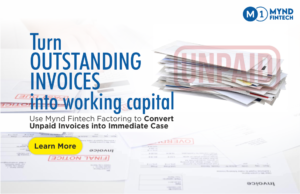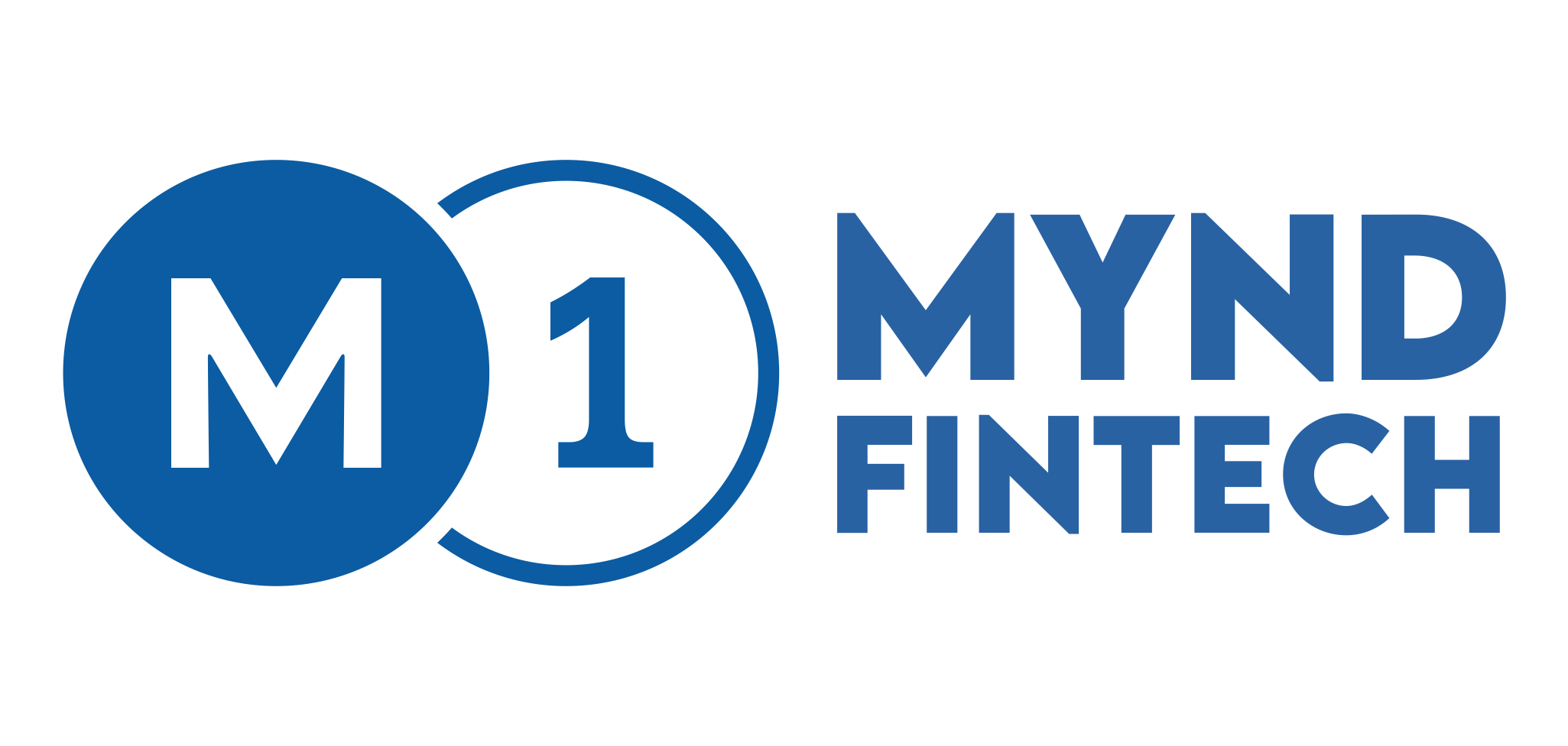Every business needs funds to support its various needs. Businesses need funds to acquire assets like land, plant, and machinery. But that’s not all that a business needs funds for. Some amount of funds is required to manage the day-to-day operations of a company. It includes paying employees’ salaries, procuring raw materials, and paying utility bills. The capital needed to address these operating expenses is called Working Capital.
What is Working Capital?
Working Capital (WC), also known as Net Working Capital (NWC), is the difference between a company’s current assets and current liabilities. It is a good indicator of a business’s liquidity and short-term financial health and its ability to utilise its assets efficiently.
Sources of Working Capital:
A company has various sources of working capital. Depending upon its condition and requirements, a company may use any of these sources of working capital. These sources may be spontaneous, short-term, or long-term.
- Spontaneous Sources: The sources of capital created during normal business activity are called spontaneous sources of working capital. The amount and credit terms vary from industry to industry and depend on the business relationship between the buyer and seller. The main characteristic of spontaneous sources is ‘zero-effort’ and ‘negligible cost’ compared to traditional financing methods. The primary sources of spontaneous working capital are trade credit and outstanding expenses.
- Short-term Sources: The sources of capital available to a business for less than one year are called short-term sources of working capital.
- Long-term Sources: The sources of capital available to a business for a longer period, usually more than one year, are called long-term sources of working capital.
Short-term sources of working capital
Short-term sources of capital may further be divided into two categories – Internal Sources and External Sources.
The short-term internal sources of working capital include provisions for tax and dividends. These are essentially current liabilities that cannot be delayed beyond a point. All companies make separate provisions for making these payments. These funds are available with the company until these payments are made. Hence, these are called the internal sources of working capital. However, this value is relatively small and thus not that significant.
On the other hand, the short-term external sources of working capital include capital from external agencies like banks, NBFCs, or other financial entities. Some of the primary sources of short-term external sources of working capital are listed below:
- Loans from Commercial Banks: Businesses, mostly MSMEs, can get loans from commercial banks with or without offering collateral security. There is no legal formality involved except creating a mortgage on the assets. Repayment can be made in parts or lump sum at the time of loan maturity. At times, banks may offer these loans on the personal guarantee of the directors of a country. They get these loans at concessional rates; hence it is a cheaper source of financing for them. However, the flip side is that getting this loan is a time-consuming process.
- Public Deposits: Many companies find it easy and convenient to raise funds for meeting their short-term requirements from public deposits. In this process, the companies invite their employees, shareholders, and the general public to deposit their savings with the company. As per the Companies Act 1956, companies can advertise their requirements and raise money from the general public against issuing shares or debentures. The companies offer higher interest rates than bank deposits to attract the general public. The biggest of this source of financing is that it is simple and cheaper. However, its drawback is that it may not be available during the depression and financial stringency.
- Trade Credit: Companies generally source raw materials and other items from suppliers on credit. The amount payable to these suppliers is also treated as a source of working capital. Usually, the suppliers grant their buyers a credit period of 3 to 6 months. Thus, they provide, in a way, short-term finance to the purchasing company. The availability of trade credit depends on various factors like the buyer’s reputation, financial position, business volume, and degree of competition, among others. However, when a business avails trade credit, it stands to lose the benefit of cash discount, which it would earn if they make the payment within 7 to 10 days of making the purchase. This loss of cash discount is treated as an implicit cost of trade credit.
- Bill Discounting: Just as business buys goods on credit, they offer credit to their buyers. The credit period may vary from 30 days to 90 days and sometimes extends, even up to 180 days. During this period, the company funds get blocked, which is not good. Instead of waiting that long, sellers prefer to discount these bills with a bank or NBFC. The financial entity charges some amount as commission, called a ‘discount’, and makes the balance payment to the sellers. This discount compensates them for the time gap between disbursing and collecting the money on the maturity of the bill. This ‘discount’ charged by the bank is treated as the cost of raising funds through this method. Businesses widely use this method for raising short-term capital.
- Bank Overdraft: Some banks offer their esteemed customers and current account holders a facility to withdraw a certain amount of money over and above the funds held by them in their current account with the bank. The bank charges interest on the amount overdrawn and the period it is withdrawn. The overdraft facility is also granted against securities. The bank sets this limit and is subject to revision anytime, depending upon the customer’s creditworthiness.
- Advances from Customers: One effortless way to raise funds to meet the short-term requirement is to ask customers for some payment in advance. This advance confirms the order and gives much-needed cash to the business. No interest is payable to the customer for this advance. Even if any business pays interest, it is very nominal. Hence, this is one of the cheapest sources of raising funds to meet companies’ short-term working capital requirements. However, this is possible only when the customers do not choose the terms of the sellers.
Long-term sources of working capital
When the companies require funds for more than one year, it makes sense to go for long-term sources, as they are generally cheaper than short-term sources.
Like short-term sources, long-term sources may also be classified as internal and external sources. Retained profits and accumulated depreciation are internal sources wholly earned and owned by the company itself. These funds are available to a company without any direct cost.
The external sources of long-term sources of working capital are listed below:
- Share Capital: The Company may raise funds by offering the prospective shareholders a stake in their business. These shares may be held by the general public, banks, financial institutions, or even other companies. The response depends on several factors, including the company’s reputation, perceived profit potential, and general economic condition. In return, the company offers dividends to their shareholders, which along with the floating cost, is treated as the cost of sourcing. However, the company is not legally bound to pay this dividend. Also, no rule prescribes how much dividend is to be given. All this makes this a very cheap source of working capital. But, in reality, most companies do not use this for meeting their working capital needs.

- Long-term Loans: Also called Working Capital Loans, these long-term loans may be temporary or long-term. The long-term here is generally 84 months (7 years) or more. This loan is not taken for buying long-term assets or investments and is used to provide working capital to meet a company’s short-term operational needs. Experts advise using long-term sources for permanent needs and short-term sources for temporary working capital needs.
- Debentures: Like shares, debentures also include generating money from the general public, financial institutions, and other companies. However, unlike shares, in the case of debentures, the company has to declare the interest they will pay to their lenders openly. The company is legally bound to pay the agreed interest. So, here, if the funds are unused or even if the company runs into losses, they have to pay the lenders.
Advantages and Disadvantages
Short-term working capital finance is taken from banks and other NBFCs generally has a higher interest rate than spontaneous and long-term sources. But they offer the businesses great time flexibility, due to which finance managers prefer this. They can take the funds as and when required and pay it whenever the cash position is better. This does not create a long-term liability for them. In the case of long-term sources, the business has to hold funds and even pay for them even when funds are not in use. This makes short-term loans cheaper.
Sources of Working Capital for Small Business
When it comes to a small business, there are several sources of working capital. One option is a working capital loan based on your age in business, creditworthiness, and other industry factors. Some of the main options are:
- Vendor and trade sources: The credit period offered by sellers is the most common source of short-term working capital for MSMEs. However, even this may be a challenge for start-ups. This is because the suppliers may ask for an advance or at the most cash-on-delivery (COD). Once you establish some relationships with them, you can negotiate a credit period of 15 to 30 days, which gives you some time to convert your inventory into finished goods and ultimately into cash.
- If you are looking for funds to purchase equipment, try and search vendors who offer financing or leasing as an option. While the interest rates may be high, it will significantly reduce the amount to be paid upfront. One more option is to offer your customers an ‘early bird discount’ if they pay before the usual credit period. Though you may have to give away a 2% discount, it would be much lesser than the cost of borrowing against a line of credit.
- Working capital loans from traditional lenders: Banks and NBFCs offer the most affordable working capital loans if your business is eligible for them. For an SME, it’s crucial to develop a healthy business relationship with the loan officer at your bank. Your loan officer can advise you on what’s available and may help you with approval. Even if it’s a small amount, it makes sense to avail it. Timely repayment of this amount will help you open doors for bigger loans in the future. The overdraft facility is yet another tool to improve the working capital situation. Like traditional loans and lines of credit, overdraft agreements are negotiated in advance. Once signed, they enable you “borrow” money from the bank, as and when required, without any delay or kind of penalty. The bank charges interest on the amount withdrawn until it is paid back.
Conclusion:
Mynd Solutions, India’s leading global service provider in business process and technology management, offers a service under the brand name M1 Exchange. The RBI-approved platform offers working capital to MSMEs under the banner of TreDS. Mynd Solutions helps MSMEs get working capital at very competitive interest rates by reducing the receivables realisation cycles through this service.
FAQs:
Q.1: What is working capital?
Ans: Working Capital is the difference between a company’s current assets and current liabilities. It is a good indicator of a business’s liquidity and short-term financial health.
Q.2: What are the types of working capital?
Ans: The different types of Working Capital are – Permanent Working Capital, Regular Working Capital, Reserve Margin Working Capital, Variable Working Capital, Seasonal Variable Working Capital, Special Variable Working Capital, Gross Working Capital, and Net Working Capital.
Q.3: What are the four main components of working capital?
Ans: The four main components of working capital are – Account Receivables, Trade Payables, Inventory, and Cash & Bank Balances.
Q.4: What are the two main sources of working capital?
Ans: Internal Sources and External are the two main sources of working capital.

